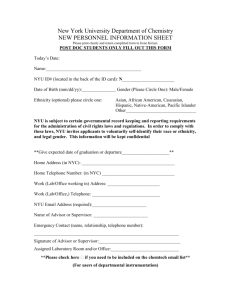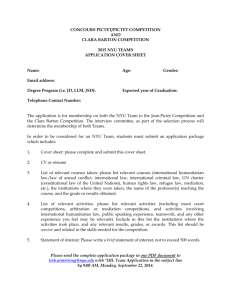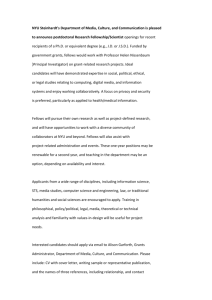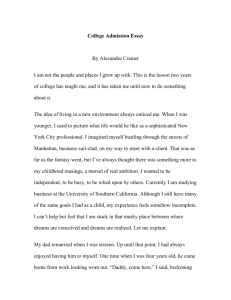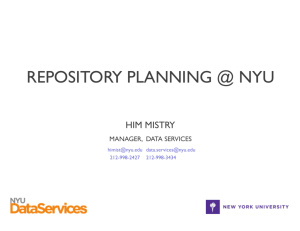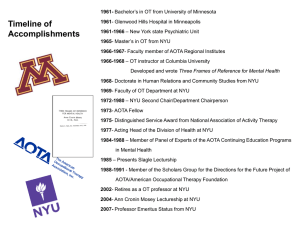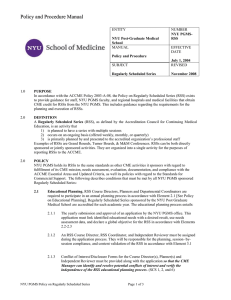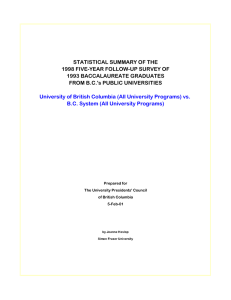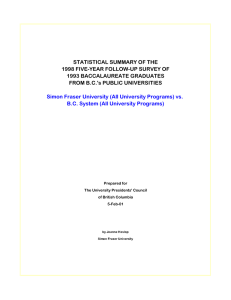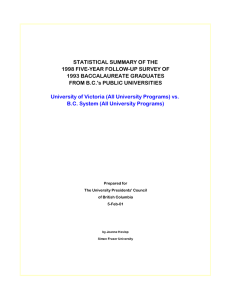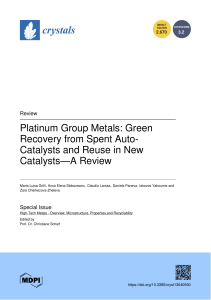Educational Planning Policy
advertisement
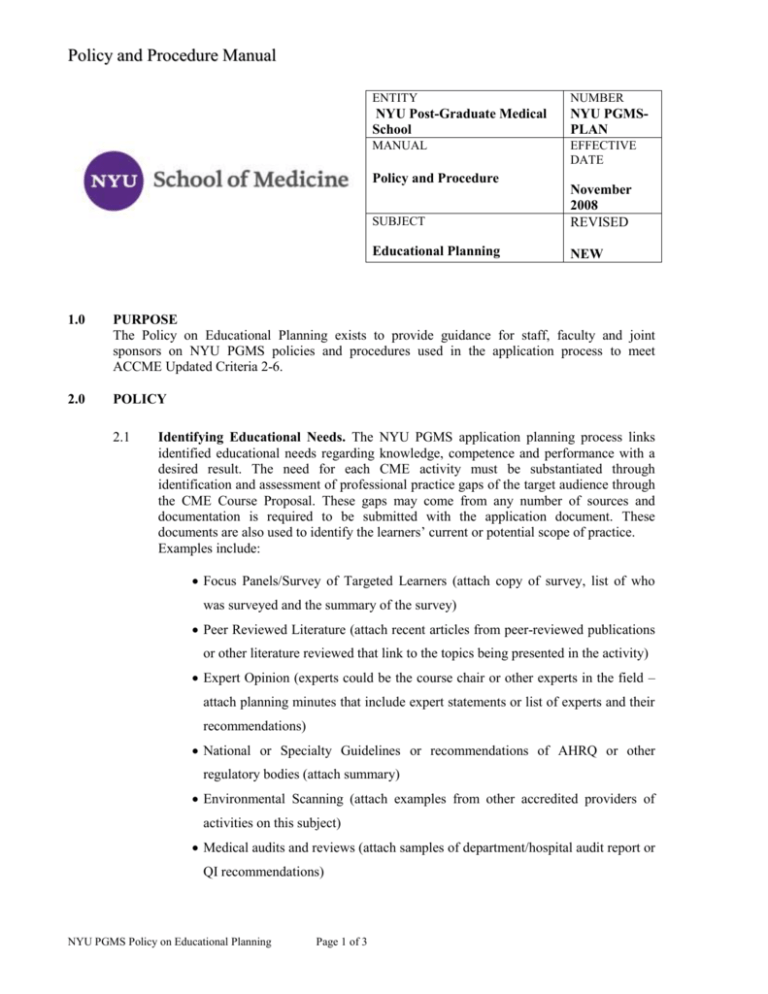
Policy and Procedure Manual ENTITY NUMBER NYU Post-Graduate Medical School NYU PGMSPLAN MANUAL EFFECTIVE DATE Policy and Procedure SUBJECT November 2008 REVISED Educational Planning NEW 1.0 PURPOSE The Policy on Educational Planning exists to provide guidance for staff, faculty and joint sponsors on NYU PGMS policies and procedures used in the application process to meet ACCME Updated Criteria 2-6. 2.0 POLICY 2.1 Identifying Educational Needs. The NYU PGMS application planning process links identified educational needs regarding knowledge, competence and performance with a desired result. The need for each CME activity must be substantiated through identification and assessment of professional practice gaps of the target audience through the CME Course Proposal. These gaps may come from any number of sources and documentation is required to be submitted with the application document. These documents are also used to identify the learners’ current or potential scope of practice. Examples include: Focus Panels/Survey of Targeted Learners (attach copy of survey, list of who was surveyed and the summary of the survey) Peer Reviewed Literature (attach recent articles from peer-reviewed publications or other literature reviewed that link to the topics being presented in the activity) Expert Opinion (experts could be the course chair or other experts in the field – attach planning minutes that include expert statements or list of experts and their recommendations) National or Specialty Guidelines or recommendations of AHRQ or other regulatory bodies (attach summary) Environmental Scanning (attach examples from other accredited providers of activities on this subject) Medical audits and reviews (attach samples of department/hospital audit report or QI recommendations) NYU PGMS Policy on Educational Planning Page 1 of 3 Policy and Procedure Manual Epidemiological Findings (attach articles) Previous evaluation summaries from activities on a similar subject (attach summary) 2.2 Creating Learning Objectives from Educational Needs. Objectives should be derived from the needs assessment, as described in the application document and demonstrated through use of the Professional Practice Gap Spreadsheet. Learning objectives should relate to the intended audience’s scope of practice and explain what specific actions/knowledge the learner will be able to apply to his/her practice setting after participating in this educational activity, and be an expression of the expected change, in terms of physician competence or performance. The learning objectives should complete this statement: “At the conclusion of this educational activity, the participant should be able to:” 2.2.1 Explicit Statement of Learning Objectives to Learners. Every CME activity must state the learning objectives in writing, in the printed brochure or other promotional material and in the syllabus or handout materials in order to provide a benchmark for the evaluation of the activity, and assist participants in deciding whether or not to attend the activity. 2.2.2 Explicit Statement of Learning Objectives to Planners/Faculty. Additionally, all faculty members and planners must receive the finalized learning objectives during the planning stages in order to assist them in preparing presentations that fit with the overall objectives. 2.3 Expressing Desired Results. As described in the application document, meeting the learning objectives must be expressed in terms of a change in physician competence, performance or patient outcomes and be linked to the educational needs and learning objectives listed. The professional practice gap spreadsheet is to be used to link the desired results with the identified needs and learning objectives. 2.4 Selecting Educational Format. The choice of educational format must be based on the needs, the type of professionals attending the program and their learning preferences, and other logistical and financial considerations as described in the application documents. The professional practice gap spreadsheet is to be used to link the learning method with the identified needs, objectives, and desired results. When planning an educational activity sponsored by NYU PGMS, presentations should be amplified by good use of audio-visual materials, appropriate handout materials, and interactive sessions whenever possible. 2.5 Incorporating Desirable Physician Attributes. All NYU PGMS activities are developed in the context of ACGME core competencies (Patient care/safety; Medical knowledge; Practice-based learning and improvement; Interpersonal and communication skills; Professionalism; and System-based practice) as demonstrated through the NYU NYU PGMS Policy on Educational Planning Page 2 of 3 Policy and Procedure Manual PGMS Course Proposal, which asks course directors to highlight which ACGME core competencies will be addressed in their activity. NYU PGMS Policy on Educational Planning Page 3 of 3
